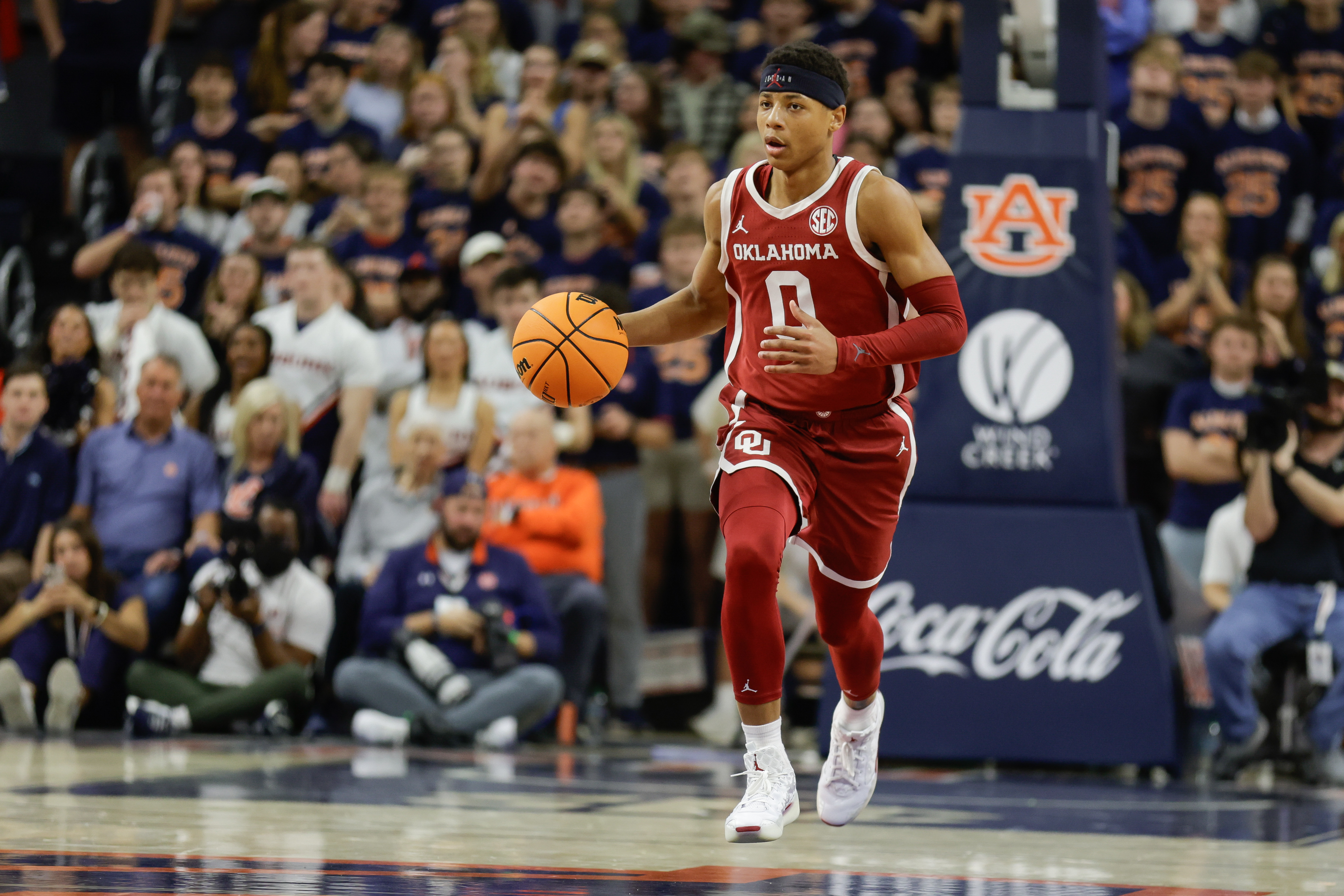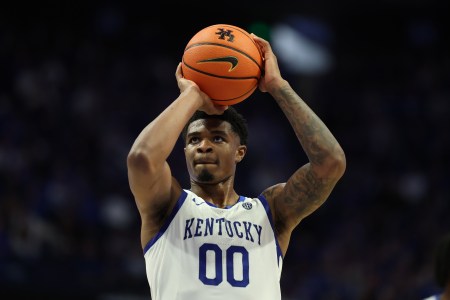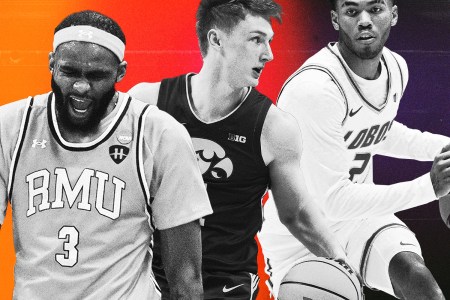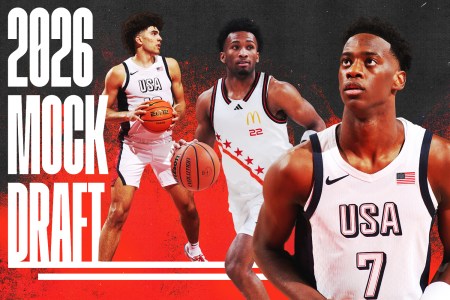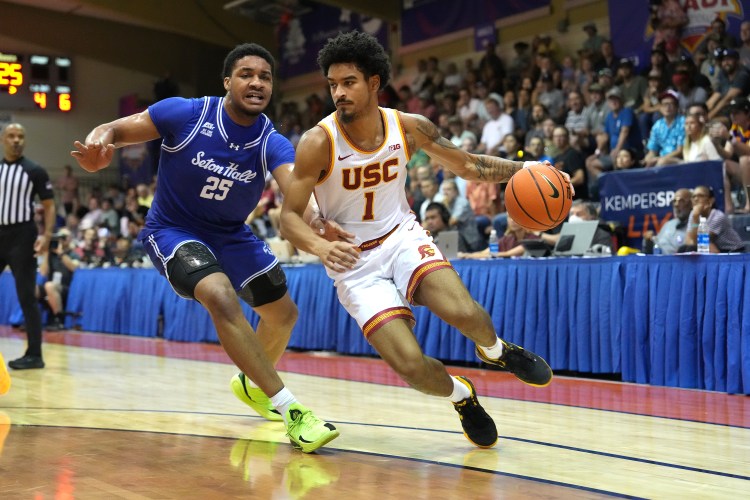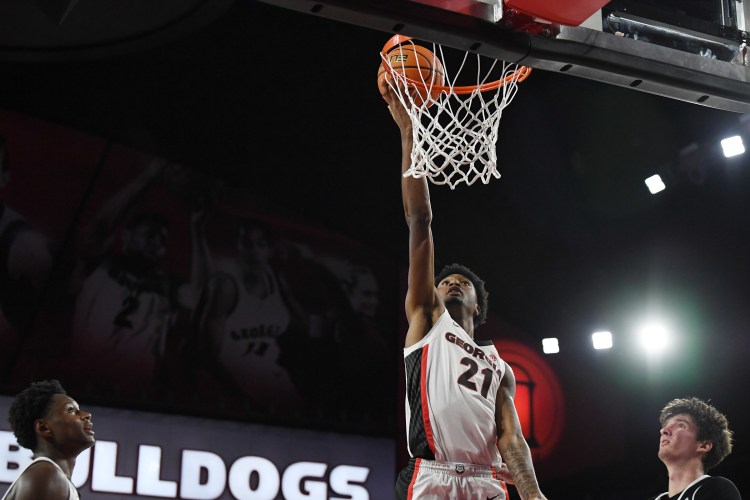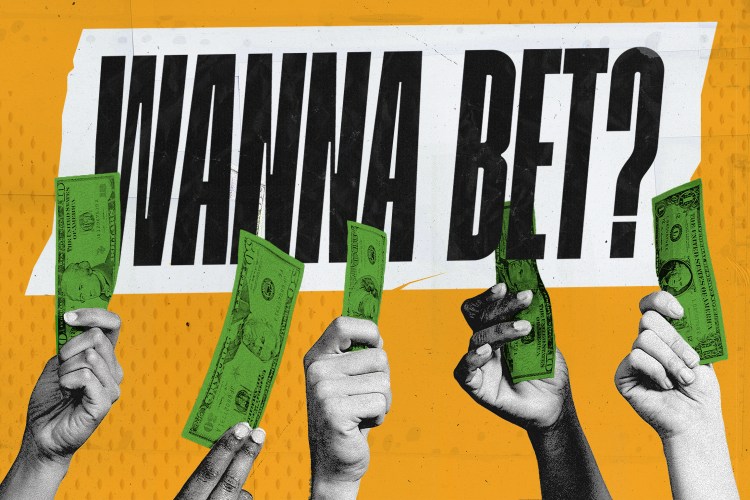Monday night’s NBA Draft Lottery will determine the order for the first 14 picks. Unlike last year, where the field was wide open and the talent pool was considered weaker, this year’s talent crop is loaded with great prospects, particularly at the top.
The lead up to the draft has been dominated by the discussion over who will win the Cooper Flagg sweepstakes. But if a team misses on Flagg, there are plenty of quality consolation prizes. The Rutgers duo of 6-foot-6 guard Dylan Harper and 6-foot-10 guard Ace Bailey are projected to go inside the top five, with 6-foot-5 Baylor guard VJ Edgecombe working his way into the mix.
“There’s a reason why so many teams have circled this draft year with the talent coming up,” one NBA executive told Hoops HQ. “It all starts with Flagg but the young, one-and-done talent at the top makes it worth it because if you swing and miss, you’re still getting a great option at number two, three or four.”
Here are the important things you need to know about the drama that will be unfolding in Chicago tonight:
NBA Draft Lottery: Date, time and location
Date: Monday, May 12
Time: 7 p.m. ET (ESPN)
Location: McCormick Convention Center in Chicago
How the NBA Draft Lottery works
Prior to the broadcast, the actual lottery to determine picks Nos. 1-4 takes place in a separate room with NBA officials, representatives of participating teams, select media and the accounting firm Ernst & Young, which oversees the drawings. That process will see 14 ping-pong balls dropped in a lottery machine while a league representative randomly selects four balls, revealing a four-number combination. There are 1,001 possible combinations with 1,000 of those combinations being assigned to 14 participating lottery teams. If the same team’s combination comes up more than once, the result is discarded and another four-ball combination is drawn.
The results will be broadcast live with NBA Deputy Commissioner Mark Tatum opening each sealed envelope. After the first four picks are determined from the bottom up, the remaining picks are ranked in inverse order based on win-loss record.
Who has the best odds to land the No. 1 pick?
The 14 teams that did not make the playoffs each have a chance to land the No. 1 pick, depending on their regular-season records. Below are the odds for every team in the draft lottery and how they finished the regular season.
1. Utah Jazz: 14 percent, 140 combinations
2. Washington Wizards: 14 percent, 140 combinations
3. Charlotte Hornets: 14 percent, 140 combinations
4. New Orleans Pelicans: 12.5 percent, 125 combinations
5. Philadelphia 76ers: 10.5 percent, 105 combinations
6. Brooklyn 76ers: 9 percent, 90 combinations
7. Toronto Raptors: 7.5 percent, 75 combinations
8. San Anotonio Spurs: 6 percent, 60 combinations
9. Houston Rockets (via Phoenix): 4.5 percent, 45 combinations
10. Portland Trail Blazers: 3 percent, 30 combinations
11. Dallas Mavericks: 2 percent, 20 combinations
12. Chicago Bulls: 1.5 percent, 15 combinations
13. Atlanta Hawks (via Sacramento): 0.8 percent, 8 combinations
14. San Antonio Spurs (via Atlanta): 0.7 percent, 7 combinations
NBA Draft: Date, time and location
This is the second year the NBA has split up the draft into two nights, both at the Barclays Center in Brooklyn, New York. The first round will be held Wednesday, June 25, and The second round will be on Thursday, June 26. Both rounds air live on ESPN at 8 p.m. ET.
Players projected at the top of the NBA draft
Cooper Flagg, 6-foot-9 freshman forward, Duke
Flagg became only the fourth freshman ever to win the AP Player of the Year. After struggling a bit at the start of the season, Flagg came alive during conference play and led Duke to a Final Four run. His combination of size, shot creation and rim protection makes him an instant two-way threat. Flagg finished his freshman season averaging 19.2 points, 7.5 rebounds, 4.2 assists, 1.4 blocks and 1.4 steals per game. He led Duke in all those categories.
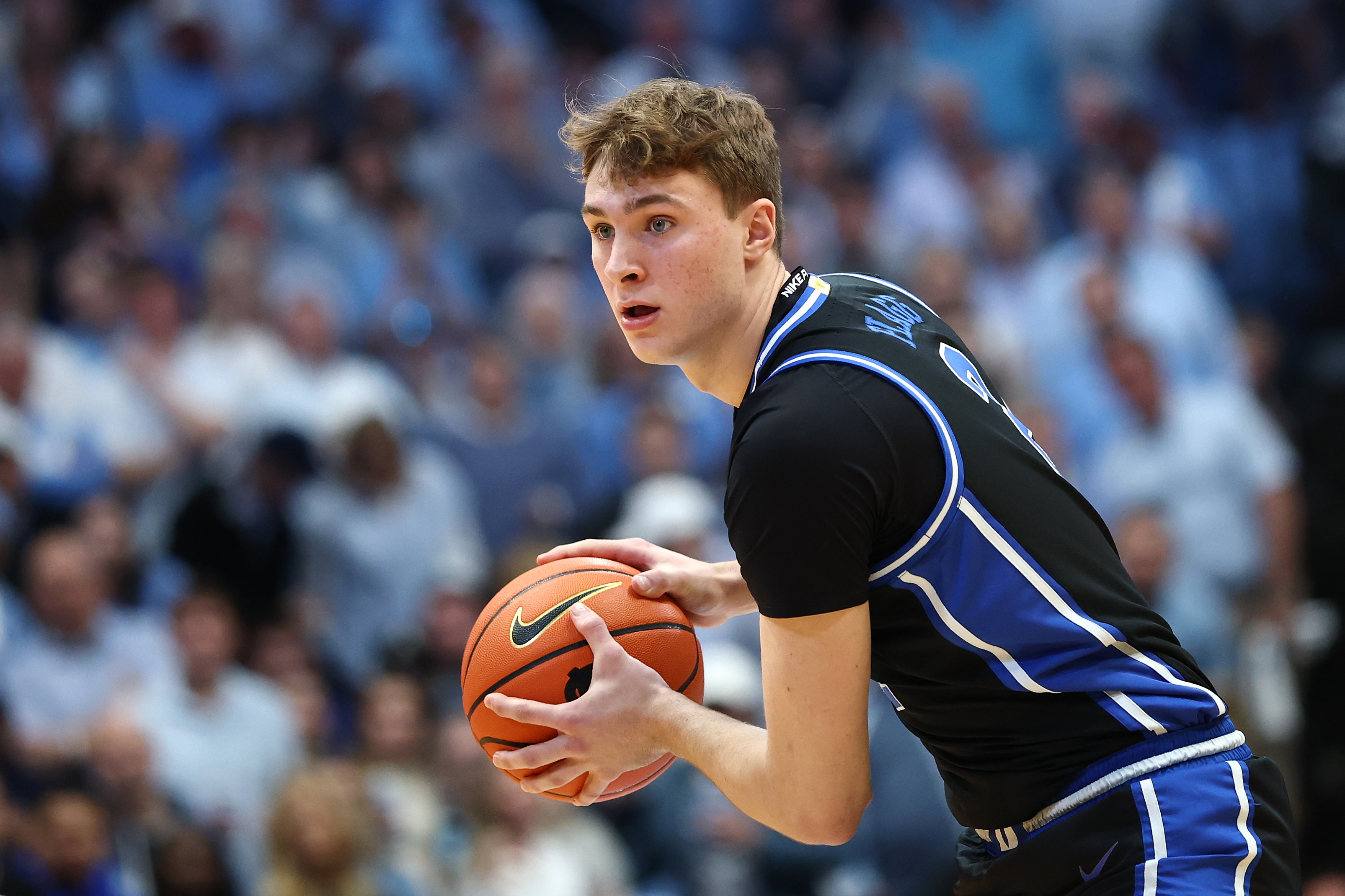
Dylan Harper, 6-foot-5 freshman point guard, Rutgers
The Scarlet Knights failed to make the NCAA Tournament but Harper showed intriguing potential. He has excellent positional size and is a true three-level scorer. Harper made a lasting impression on NBA personnel in November when he became the first freshman in 20 years to score at least 35 points in back-to-back games, dropping 36 points on Notre Dame and 37 against Alabama.
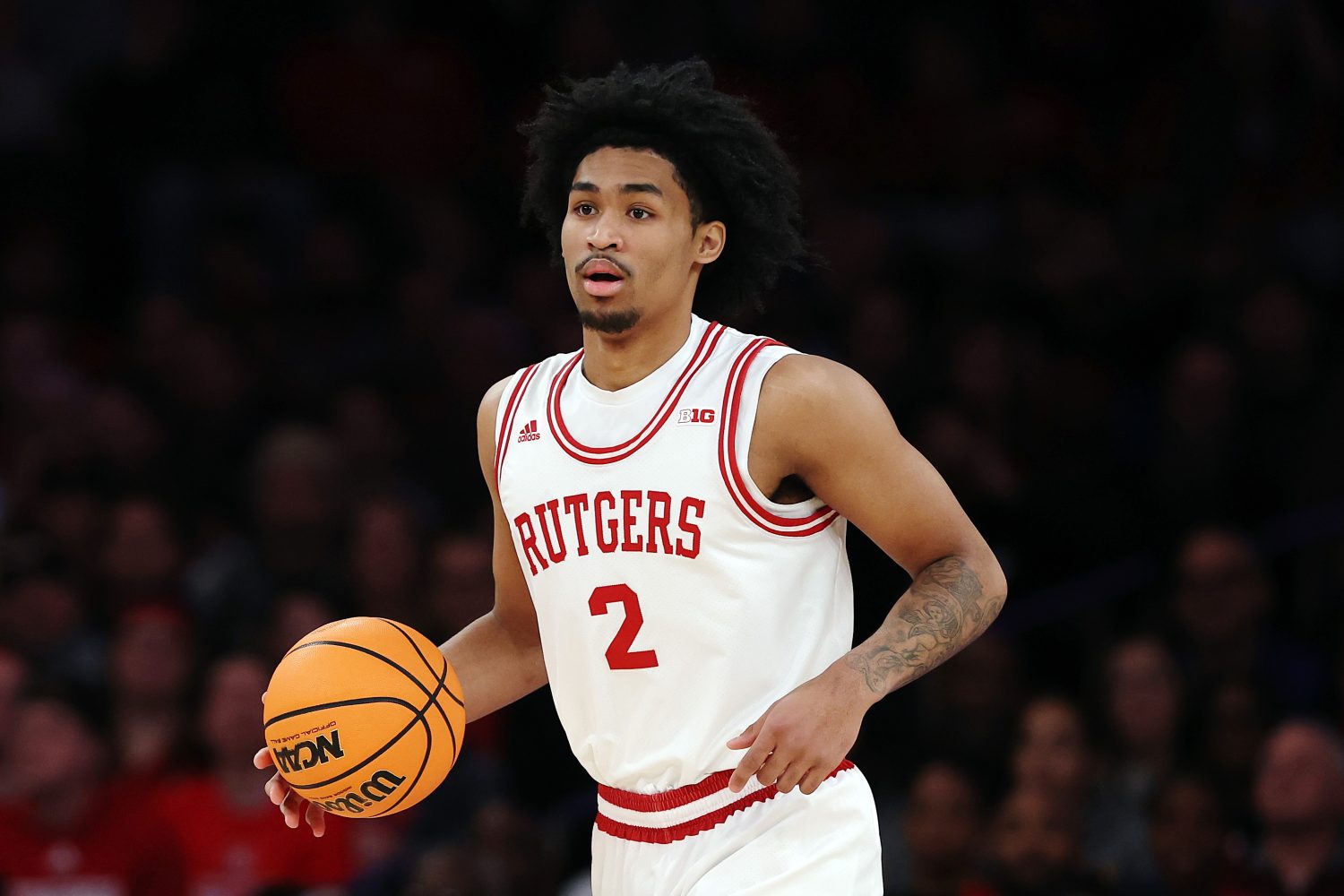
Ace Bailey, 6-foot-9 freshman forward, Rutgers
Bailey oozes potential with his natural scoring ability and perimeter size. He struggled a bit with the physicality of the college game but still found ways to score at the end of the shot clock. His shot selection will need some cleaning up but his upside is tremendous. He reads defenses well and has an uncanny ability to take over games. Bailey was rated the No. 2 recruit coming out of high school and despite Rutgers’ disappointing season, he shined brightly, averaging 17.6 points and 7.2 rebounds per game.
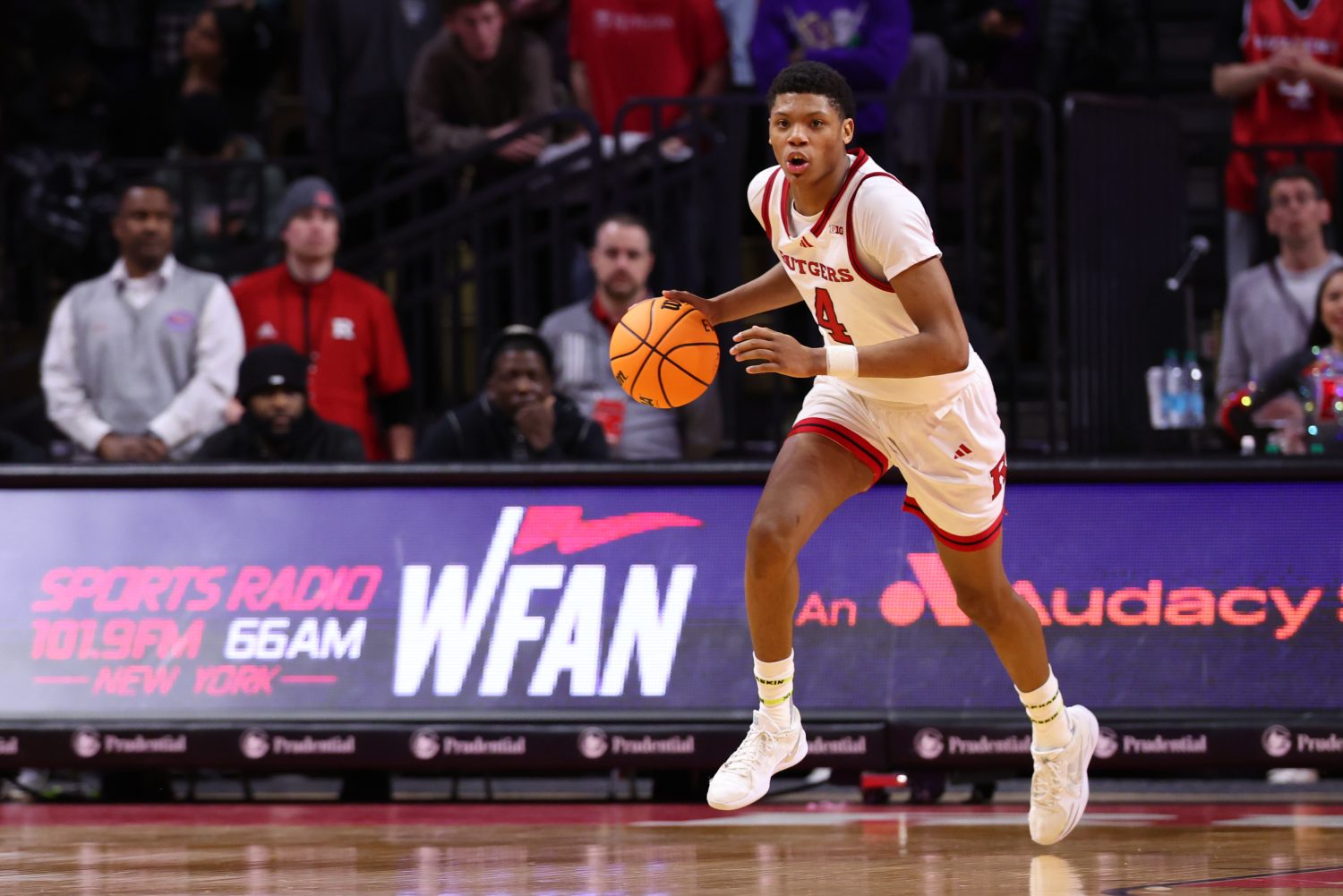
VJ Edgecombe, 6-foot-5 freshman guard, Baylor
Edgecombe was one of the biggest risers in high school basketball during his senior season. He is explosive and deadly in transition with a knack for finishing strong at the rim. His three-point jumper was the biggest question mark coming into the season and he really hit his stride mid-season when he went 10-for-14 from behind the arc in a pair of games against Utah and BYU. The fact that Edgecombe has found ways to improve each and every year makes him an intriguing, high-ceiling prospect.

Jeremiah Fears, 6-foot-4 freshman guard, Oklahoma
Fears reclassified up a grade, making him one of the youngest players in the draft (he doesn’t turn 19 until October). But his passing, court vision and ability to manipulate defenses make him look like a seasoned vet. What Fears did at Oklahoma this past season was reminiscent of Trae Young’s one year with the Sooners. Fears’ three-point jumper is coming along but there’s a lot of intrigue and long-term promise for this emerging floor general. Fears averaged 17.1 points and 4.1 assists during his one year in Norman.
